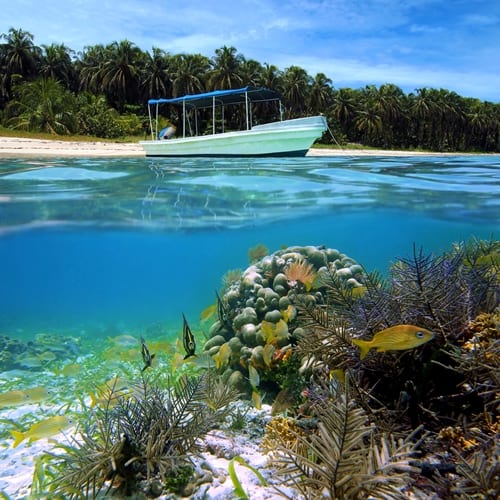The American hunt to find the artifacts from the wreck has cost $2 million so far, and the San Jose reportedly lost 400,000 coins from its original 700 tons of cargo.
The New York Times recently reported on a series of disputes centering around the legal rights to a 17th century Spanish shipwreck and its bounty. According to this source, governments are currently clashing over whether commercial shipwreck divers from the United States can recover treasure that may belong to Panama instead, which lies close to where the San José crashed centuries ago.
While the country has taken action to protect the loot found off of its shores in the past, it authorized salvage company "Investigaciones Marinas del Istmo" (IMDI) to work in this area. The American hunt to find the artifacts from the wreck has cost $2 million so far, and the San Jose reportedly lost 400,000 coins from its original 700 tons of cargo.
As the San José Shipwreck Online Database describes, the ship was originally en route from Peru to Panama City to prepare its precious load for transport to Spain.
"Her vast riches included nine tons of silver in the form of 1,417 bars and 416 individual wooden chests of silver coins, known as reales de ocho—or pieces of eight—weighing in at 51 tons," the site says. It lists other valuables known to be onboard as "navigational instruments, weapons, silver and gold coins and bullion, tableware and ornaments, and magnificent gold and gemstone jewelry."
Earlier this year, National Geographic reported on another ship found off of the coast of Panama, the Encarnación, found in 2011 and recently identified. Dating back to 1681, this ship was discovered accidentally during a search for one of the ships commanded by Captain Henry Morgan.
Diving services may purchase marine insurance for the divers and equipment they will be using for salvage, especially if they plan on crossing international lines and need legally correct support.

